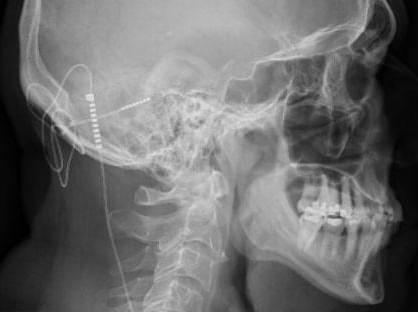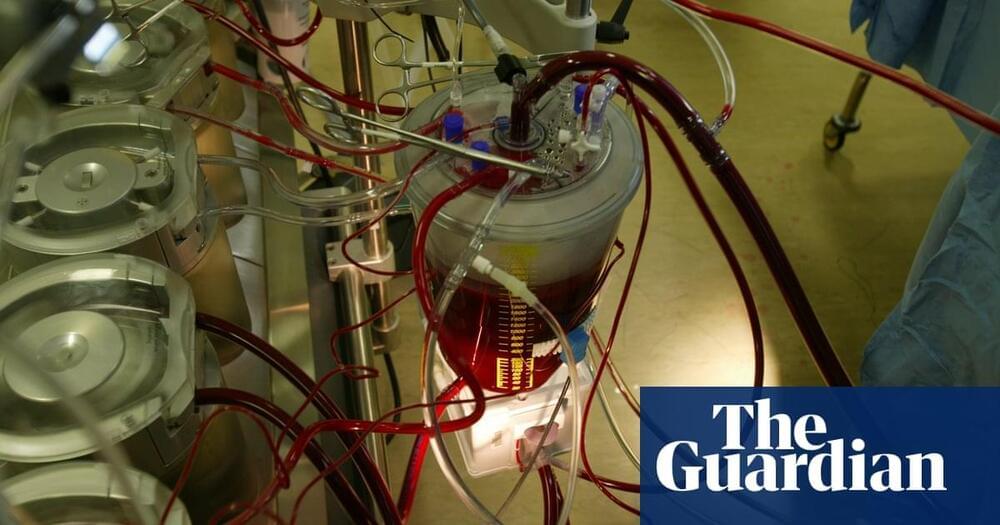A recent study found increased cardiac arrhythmia risk to stay long term in individuals with epilepsy, specially in people who use carbamazepine and valproic acid. The findings of the study were published in European Heart Journal.
Using UK Biobank data, the research also explores the potential roles of genetics and antiseizure medications (ASMs) in this complex relationship. Encompassing 329,432 participants, the study included 2,699 with epilepsy, was initiated between 2006 and 2010. Using advanced statistical techniques like Cox proportional hazards models and competing risk models, the researchers aimed to determine the association between epilepsy history and the incidence of cardiac arrhythmias over an extended period.
Individuals with epilepsy displayed a staggering 36% increased risk of experiencing any form of cardiac arrhythmia compared to those without the condition. This risk extended to specific arrhythmia subtypes, including atrial fibrillation, where a 26% increased risk was identified. More alarmingly, the risk of other cardiac arrhythmias was found to be 56% higher in epilepsy patients.





